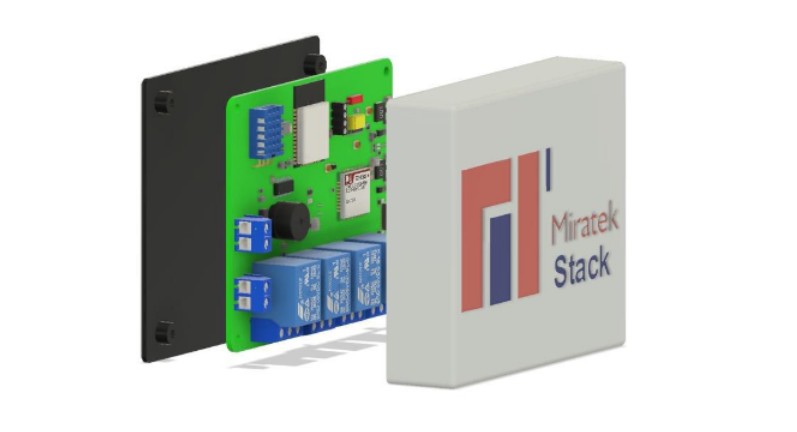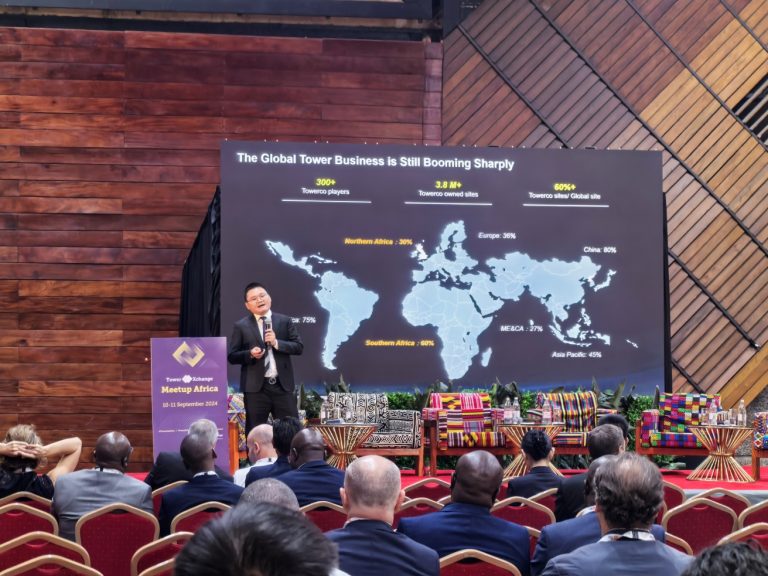Miratek Stack Introduces User-Editable Automations and Quick Actions for Low-Infrastructure Homes

Miratek Stack has released an update focused on giving homeowners more control over their smart home routines, particularly in regions where internet instability and wiring inconsistencies make traditional automation systems difficult to maintain. The new features called User-Editable Automations and Quick Actions — are designed to reduce the dependence on installers while improving usability across residential homes, container and capsule houses.
Miratek Stack, developed by Nigerian hardware engineer Miracle Sunday Isreal, has grown in adoption across emerging markets largely because its core functions run independently rather than relying on continuous cloud connectivity. This latest update builds on that foundation, enabling routine adjustments and device grouping even in environments where broadband service is unreliable.
The Automations feature allows residents to configure schedules, triggers and sequences directly from the Miratek stack web app dashboard. A homeowner can, for example, program a “Night Mode” that manages lighting, adjusts ventilation and sends a security ping if motion is detected. Unlike many global smart home systems, these routines continue functioning during internet outages. A common issue across Africa and parts of rural Europe and the UK.
Quick Action which the second feature, introduces a simplified control layer made up of interactive tiles. These tiles serve as instant shortcuts for grouped devices such as lighting zones, cooling units or security sensors, allowing users to enact changes with a single tap. Because the logic is processed directly on the Miratekstack web app controller, Quick Actions work consistently even in low-infrastructure settings.

Technicians testing the update report reduced installation and support time. In housing deployments in Abuja and Aba, initial setup dropped from several hours to under one hour. Since homeowners can now adjust routines themselves, installers say there have been fewer follow-up visits for everyday configuration changes.
The approach aligns with a broader industry shift toward infrastructure-aware automation. While established global platforms often assume stable wiring and unbroken WiFi, large parts of the world including older Europe housing stock operate under very different conditions. Systems that prioritise resilience and offline capability are becoming increasingly relevant as more regions move toward energy-managed homes and factory-built housing units.
Miratek Stack’s update reflects this trend. By enabling end-users to configure automation independently and by supporting device control without relying on cloud services, the platform addresses an unmet need in both emerging-market environments and in global regions where legacy housing infrastructure presents similar challenges.
While still a developing entrant in the global smart home landscape, Miratek Stack’s focus on resilience over aesthetics offers a glimpse into how future automation systems may be designed and not for ideal conditions, but for the real ones most homeowners live in.








